- Author: Lynn Wunderlich
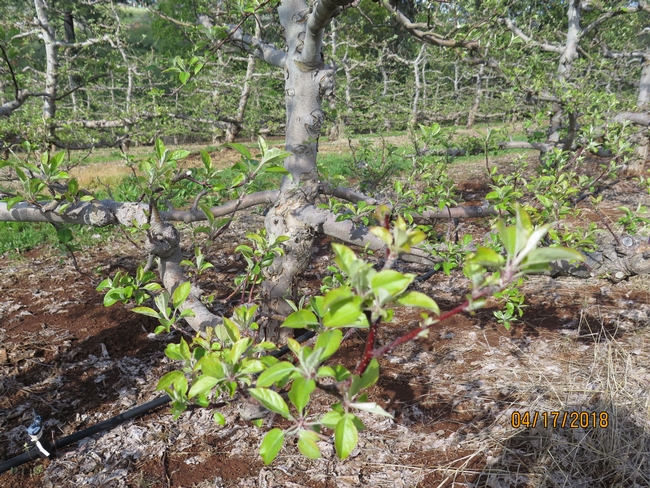
Remember those 70°F days in early February? While you may have been basking in the California winter weather while your relatives back in the Midwest were freezing (sorry sisters!), our apple, pear, peach and nectarine trees weren't so happy. That is because pome and stone fruits need a certain amount of chilling during the winter to release them from dormancy. 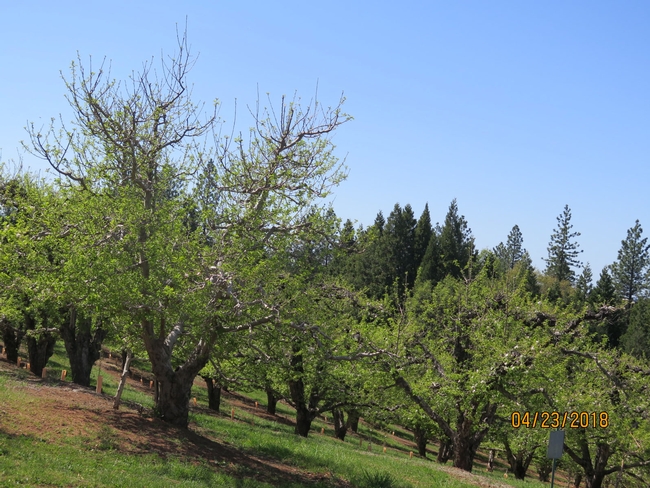
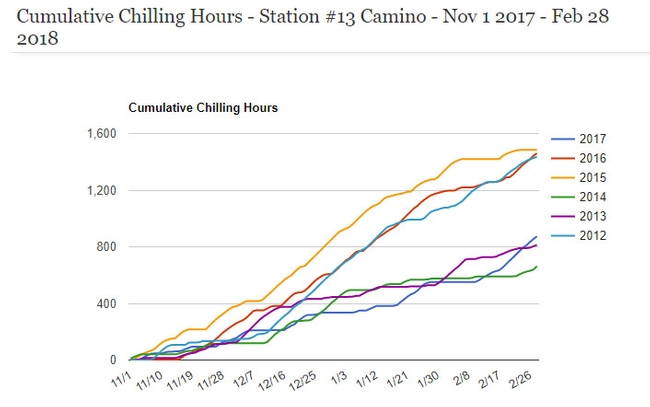
Chilling has historically been calculated by summing the hours below 45°F or the hours between 32°-45°F from November 1 through the end of February.
When we look at the Camino CIMIS station's cumulative chilling hours below 45°F for 2017-2018, we can see that we reached only 855 chill hours during this time. Chilling requirements for pome and stone fruits depend on the variety, but most apple varieties that are not "low-chill" will require between 500-1000 chilling hours below 45°F, while most grapes will need less than 200 chill hours.
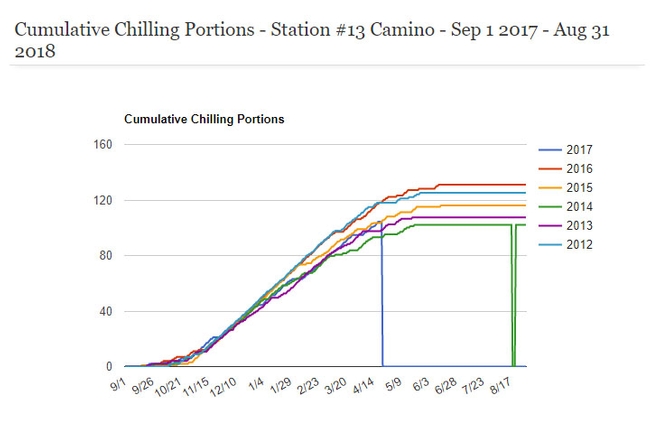
While February was unseasonably warm, late March and April has had some nights where temperatures have reached as low as 30-31°F. Once plants break bud, all of their tissue is susceptible to frost damage. Cold injury to grape green 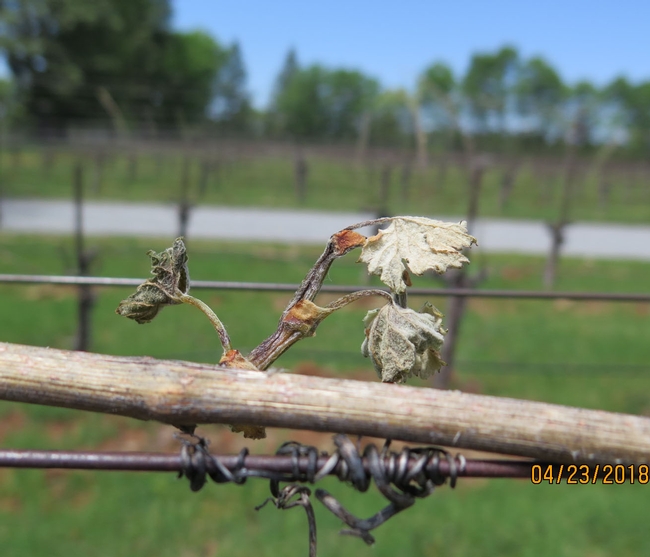
Frost damage actually occurs because of dehydration of the plant cells. The cells are injured when their contents freeze and expand. Later, the damaged cells can no longer control their liquid contents, so they dehydrate.
The degree of frost damage depends on a number of factors: how cold the tissue got (depending on your site microclimate, slope, aspect, etc.); whether there is bare ground, which will absorb and hold daytime heat, or a ground cover or cover crop, which can not hold daytime heat and may even harbor ice nucleating bacteria that allow freezing to occur at slightly higher temperatures. The carbohydrate reserve that a vine has is also an important factor for susceptibility to frost injury. A low carbohydrate reserve, due to a super vigorous variety or one which stays growing late into the fall, or those that suffer from water stress (which is why it is advised to water post-harvest if you can), can make a vine more susceptible to frost injury.
Recently I observed variable frost damage in Viognier, Nebbiolo, Syrah and Gamay grape varieties growing in El Dorado County. It is still a bit early to determine how much damage (damage to emerging clusters) was done. Thankfully, basal buds and a "second crop" may come to the rescue! Erratic, intensive weather patterns, whether they be cold or warm, appear to becoming more common. Learning how to farm profitably during these uncertain times is but one of the challenges we face for our farming future.
- Author: Lynn Wunderlich
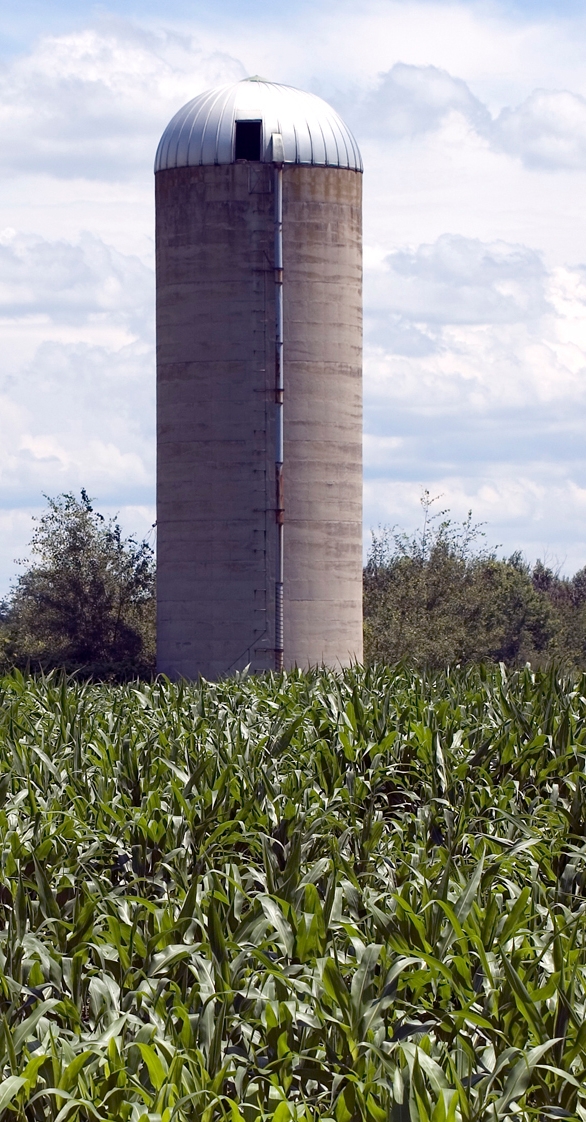
With a growing amount of knowledge needed to be an effective extension resource, that means attending informational meetings, such as the annual "Current Issues in Vineyard Health" and the Foundation Plant Services (FPS) annual "Grape Advisory Committee" meetings, both held in Davis last week.
At those meetings, Dr. Maher Al Rwahnih, Director of the Diagnostics and Research Lab at FPS at 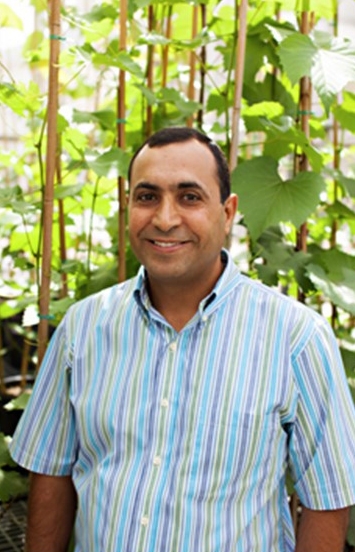
Maher, working with UCCE Farm Advisors, has tested samples from 10 grape growing counties and, so far, has only identified the virus from Napa. In Napa, GPGV has been isolated from Chardonnay, Pinot Noir, Zinfandel, Malbec, Merlot, Cabernet Sauvignon, as well as other varieties. 

Unlike Red blotch and leafroll virus, the best time to sample for GPGV is in the spring. I will be surveying foothill vineyards and sending samples for testing to Maher in spring. If you think you might have Pinot Gris virus, and would like your vineyard tested, please contact me! All results will be kept confidential. This is not a quarantined pest so the testing and information is only to improve our understanding of the disease.
Until next time...and thanks for sticking with me!


